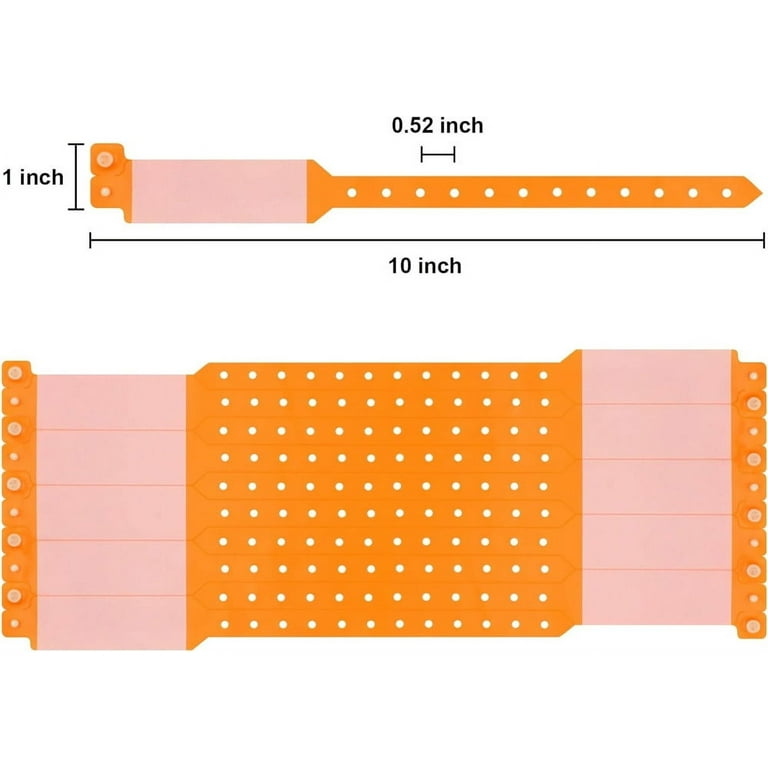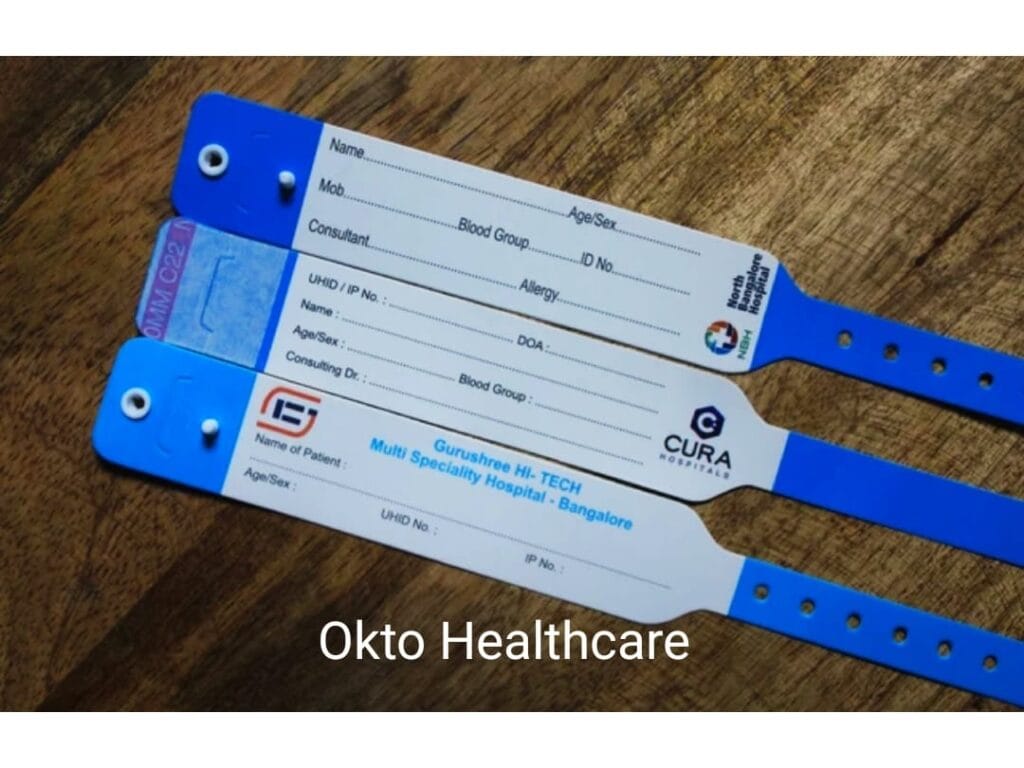Improving Patient Care With Effective Recognition Bands
The execution of effective recognition bands is a critical element in improving individual care within healthcare setups. As the landscape of person recognition develops, one should think about the ramifications of these systems on total medical care delivery and patient results.
Relevance of Individual Recognition
Ensuring precise patient recognition is critical in healthcare setups, as it directly impacts the safety and security and high quality of treatment provided. Misidentification can lead to major mistakes, consisting of carrying out the incorrect medication, executing wrong procedures, or miscommunicating crucial person info. Such mistakes not just jeopardize patient safety but can additionally cause legal ramifications and lowered rely on healthcare systems.
Efficient person identification is fundamental to establishing a protected setting where people receive suitable and customized care. It helps with the exact documentation of case histories, allergies, and treatment plans, guaranteeing that health care providers have accessibility to necessary info in all times. Durable identification protocols help enhance interaction amongst clinical personnel, boosting partnership and lowering the risk of blunders.
)
Kinds of Recognition Bands
Recognition bands play a vital duty in maintaining precise patient records and improving security within healthcare settings. Different sorts of recognition bands are utilized to deal with the certain requirements and requirements of various individual populations.

Another kind is the ankle joint band, which is specifically beneficial for newborns and infants, ensuring that identification continues to be intact even during treatment procedures. Specialized bands, such as those for allergic reaction alerts or drop threat indicators, give extra layers of safety by attracting immediate interest to important client conditions.
Just recently, digital identification bands have actually gotten popularity, including barcodes or RFID innovation that can be scanned to rapidly recover person data. These bands streamline operations and decrease the risk of human error throughout client recognition procedures.
Advantages of Effective Recognition
Reliable recognition of individuals through the usage of identification bands contributes dramatically to general patient safety and care top quality. By guaranteeing that each patient is precisely recognized, doctor can properly match clinical treatments and procedures to the appropriate individual, decreasing the risk of errors. This is particularly vital in environments with high individual turn over, where the potential for misidentification is greater.
Moreover, effective identification bands improve communication amongst health care teams. Clear and precise individual identification promotes collaboration and ensures that all staff member are conscious of a client's specific needs and case history. This interaction is essential for providing collaborated care, especially in emergency situation situations where time is vital.

Inevitably, reliable recognition through using recognition bands not just safeguards people yet likewise promotes a culture of safety within healthcare centers (Patient Identification Band). By prioritizing accurate recognition, health care organizations can boost end results and boost the overall individual experience
Executing Identification Systems
While the relevance of individual recognition is well identified, the execution of durable identification systems poses a complex obstacle for healthcare companies. Establishing efficient recognition systems needs a detailed technique, incorporating modern technology, workers training, and process assimilation.
First, organizations must pick appropriate recognition technologies, such as barcode scanning, RFID, or biometric systems. Patient Identification Band. These innovations must be reviewed based upon price, use, and compatibility with existing infrastructure. A pilot program can help recognize possible problems before full-blown execution
Next, extensive training for team is necessary. All employees must comprehend the relevance of precise patient recognition and be skillful in using the chosen modern technologies. Routine training updates and assessments can strengthen finest practices and guarantee ongoing compliance.
Furthermore, health care organizations should develop standardized procedures for person identification across all departments, boosting and minimizing inconsistencies communication. Routine audits can help determine gaps in adherence to these protocols.

Ultimately, an effective execution of recognition systems not just enhances individual security but also cultivates a culture of liability and diligence within medical care setups, making sure regular and trustworthy patient care.
Future Trends in Individual Recognition
Developments in modern technology are established to change individual recognition practices in health care settings. The assimilation of biometric identification approaches, such as fingerprinting and facial acknowledgment, is expected to boost precision and security. These modern technologies can substantially reduce the threat of misidentification, ensuring that people obtain the proper therapies and medicines.
Moreover, the execution of blockchain technology for individual documents is gaining grip. This decentralized approach can supply a tamper-proof Visit Website and protected technique for managing individual identities, consequently enhancing accessibility to vital details across various doctor.
An additional trend is the boosting usage of mobile health and wellness applications that take advantage of QR codes for patient identification. These applications permit for real-time updates and very easy accessibility to individual data, encouraging healthcare specialists to make informed decisions promptly.
Additionally, fabricated intelligence (AI) is positioned to play an essential role in examining person identification data, recognizing patterns, and predicting prospective identification mistakes before they occur.
As these modern technologies develop, they assure not only to improve individual safety and security however also to enhance the general effectiveness of medical care shipment systems. Embracing these advancements will certainly be essential for future-proofing client care methods.
Conclusion
To conclude, efficient recognition bands are essential for enhancing client safety and security and care top quality within medical care settings. By lessening the threats connected with misidentification, these bands promote precise and timely information retrieval, ultimately enhancing interaction amongst doctor. The implementation of durable identification systems not only cultivates a society of security yet also positions medical care establishments to adjust to future trends in individual identification technology, making sure ideal outcomes for patients in diverse clinical settings.
As the landscape of individual identification evolves, one must consider the effects of these systems on general healthcare distribution and patient end results.Efficient individual identification is essential to developing a secure environment where individuals get customized Get the facts and ideal treatment. Inevitably, focusing on effective individual recognition techniques not just promotes a culture of safety but likewise contributes to improved client outcomes and total contentment with health care services.
Reliable recognition of clients via the use of identification bands adds significantly to overall client security and care top quality. The execution of robust recognition systems not only fosters a culture of safety however additionally positions health care organizations to adapt to future patterns in individual recognition innovation, guaranteeing ideal outcomes for patients in varied scientific environments.